Proportioning the Compressed Air Dryer
Trying to figure out which air dryer capacity is best for you? Here are some factors to consider. Read More…

.jpeg) Excessive
vibrations and noise can have devastating long-term consequences for an operator. For example, prolonged exposure to vibrations can lead
to hand-arm vibration syndrome (HAVS) which can result in a loss of sensation in the hand. At the same time, extremely loud noises or
continued exposure to loud noises can result in loss of hearing.
Excessive
vibrations and noise can have devastating long-term consequences for an operator. For example, prolonged exposure to vibrations can lead
to hand-arm vibration syndrome (HAVS) which can result in a loss of sensation in the hand. At the same time, extremely loud noises or
continued exposure to loud noises can result in loss of hearing.
The tool’s vibration level and the length of exposure time are the two key factors that indicate whether an operator will be at risk from
HAVS. Vibration and noise can both be minimized by choosing tools with low levels, evaluating the work pattern and wearing appropriate PPE,
such as ear protectors.
.jpeg)
.jpeg) Regular
servicing is vital when ensuring the safety of equipment as a tool that is well looked after and properly maintained will have less risk
of failing. Maintenance
should be carried out according to the tool’s manual,
for example, components that wear most frequently and therefore need maintaining in grinders are the blades and bevel gears. Blades should
be inspected every 500 hours, and the interval for bevel gears is every 1,000 – 2,000 hours depending on the tool.
Regular
servicing is vital when ensuring the safety of equipment as a tool that is well looked after and properly maintained will have less risk
of failing. Maintenance
should be carried out according to the tool’s manual,
for example, components that wear most frequently and therefore need maintaining in grinders are the blades and bevel gears. Blades should
be inspected every 500 hours, and the interval for bevel gears is every 1,000 – 2,000 hours depending on the tool.
.jpeg) Always
follow manufacturers’ recommendations and best practice on tool usage. Ensure operators are fully trained to use equipment safely and to
follow the company’s agreed safety procedures. Furthermore, make sure you are using the right tool and abrasive for the job.
Always
follow manufacturers’ recommendations and best practice on tool usage. Ensure operators are fully trained to use equipment safely and to
follow the company’s agreed safety procedures. Furthermore, make sure you are using the right tool and abrasive for the job.
.jpeg) Personal
protection equipment (PPE) helps to shield the operator against potential hazards. It is critical that operators always use all
recommended safety equipment when operating pneumatic tools, including sturdy gloves to protect hands from the elements, helmets and
safety goggles in case of any debris, and ear protectors for noise.
Personal
protection equipment (PPE) helps to shield the operator against potential hazards. It is critical that operators always use all
recommended safety equipment when operating pneumatic tools, including sturdy gloves to protect hands from the elements, helmets and
safety goggles in case of any debris, and ear protectors for noise.
.jpeg) Consider
the environment surrounding the job and ensure you take appropriate precautions. For example, is it a confined space, or is the job at
height? Grinding can create fine dust particles, which if inhaled can cause health and safety issues for the operator. Therefore, always
grind in a well-ventilated space. Also, always ensure that the workpiece is secure, and you have a stable operating position.
Consider
the environment surrounding the job and ensure you take appropriate precautions. For example, is it a confined space, or is the job at
height? Grinding can create fine dust particles, which if inhaled can cause health and safety issues for the operator. Therefore, always
grind in a well-ventilated space. Also, always ensure that the workpiece is secure, and you have a stable operating position.
.jpeg)
Think about the whole tool system including the air line. All pneumatic tools require clean, lubricated air and a dynamic pressure of 90 PSI
(6.3 bar) to work safely. If the pressure is any higher than this, it could negatively affect the tools’ lifespan and risk operator’s
safety. Air pressure can be adjusted with an FRL (filter, regulator, lubricator) so it is important to include one in the air system near
the tool.
By considering these seven points you will improve safety associated with using tools in the workplace, therefore protecting operators. An
additional benefit to these responsible practices is that you will improve efficiency too!


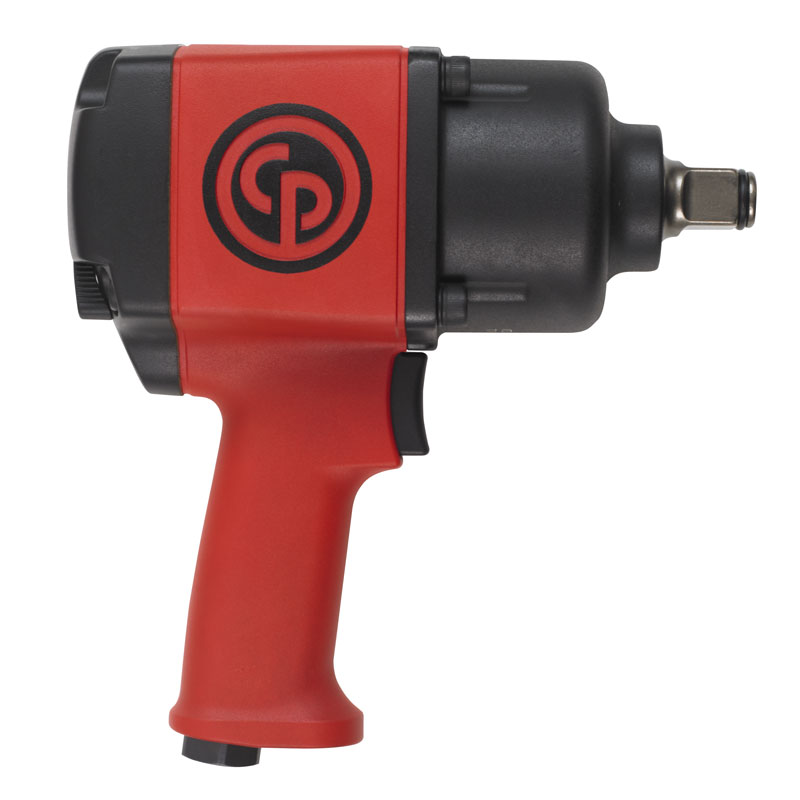



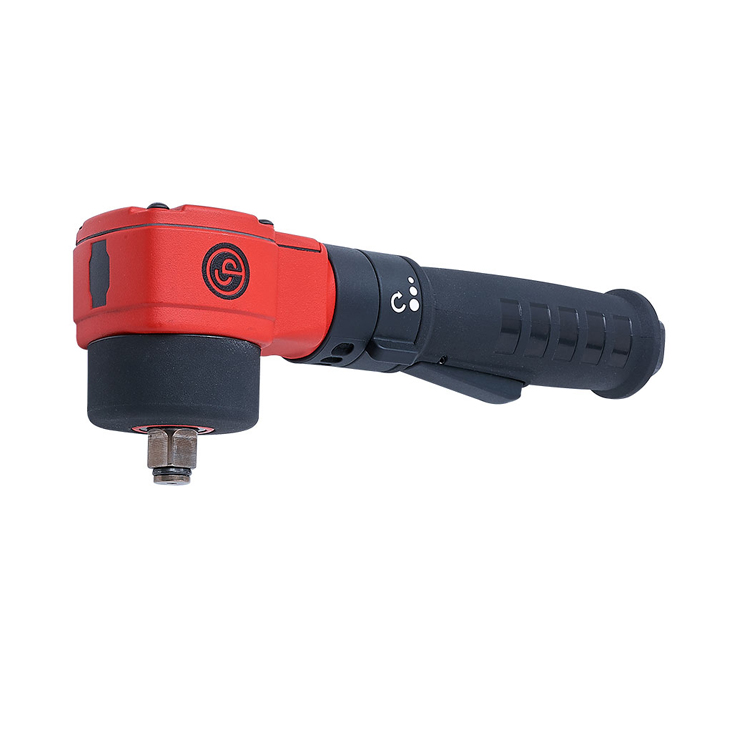

.png)




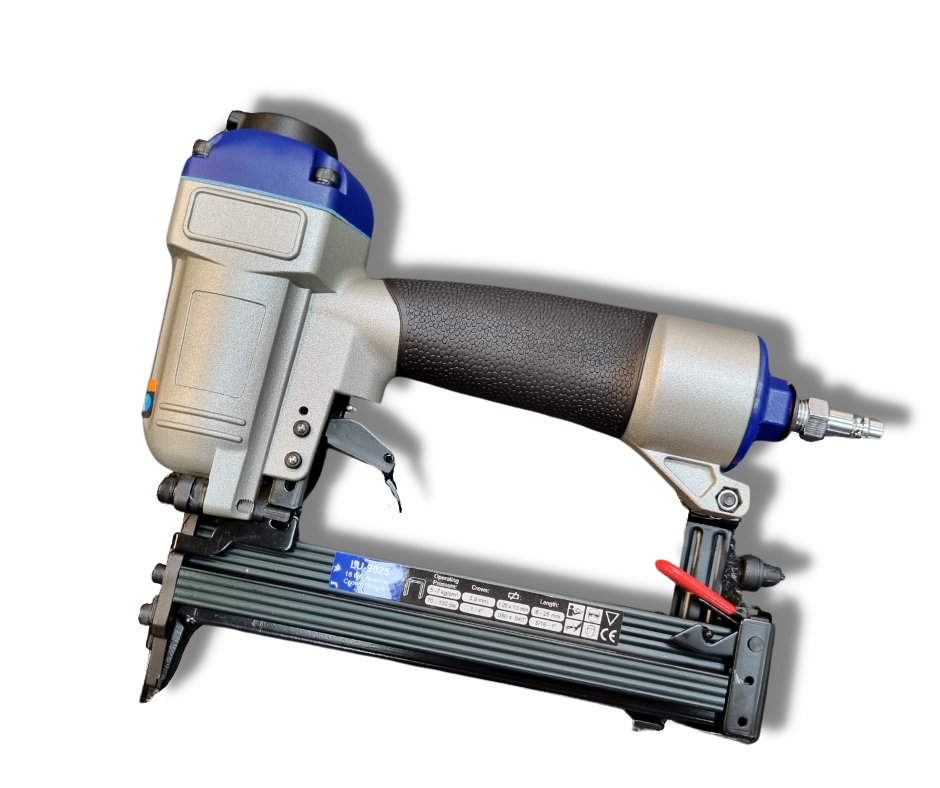
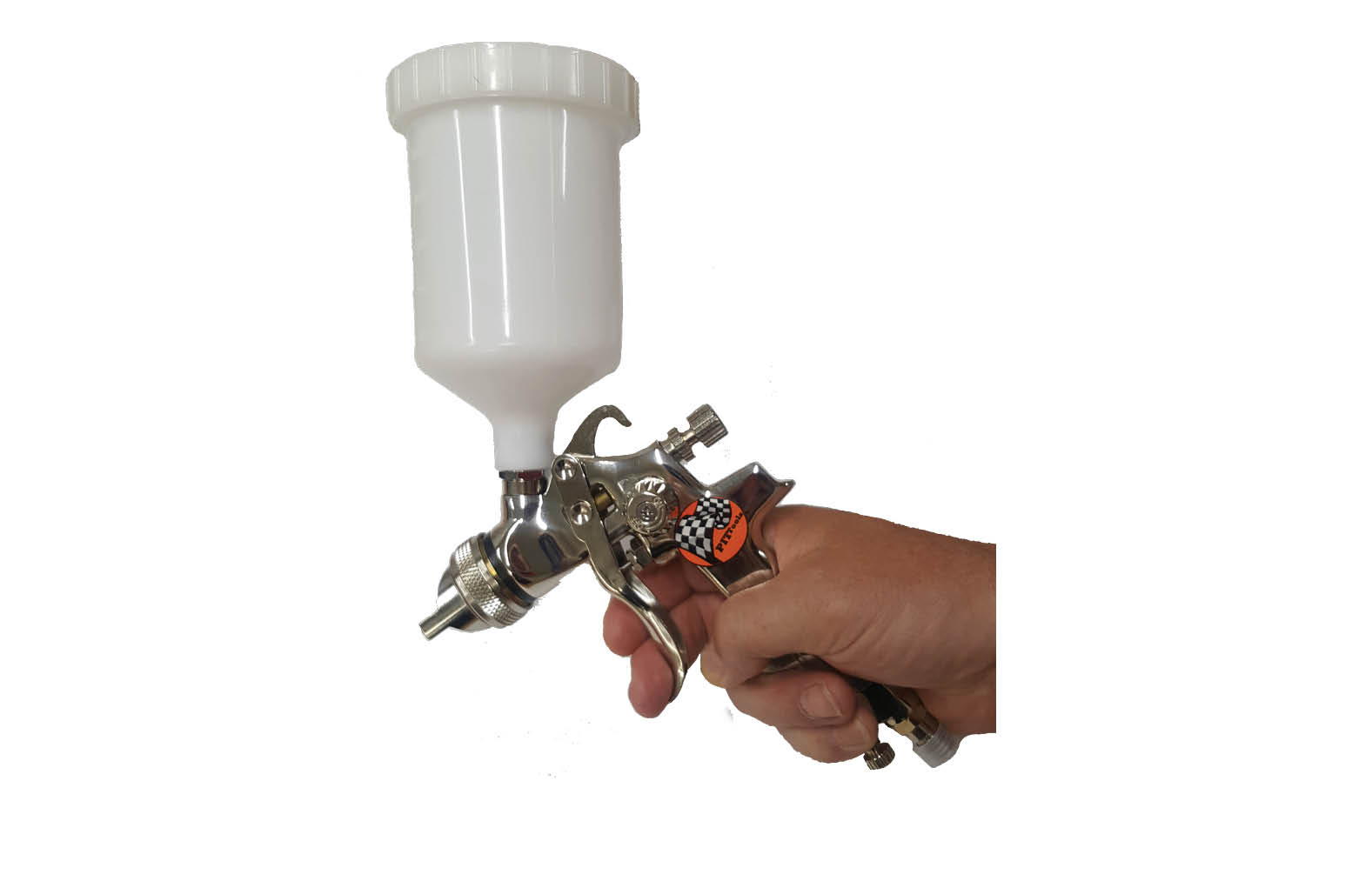
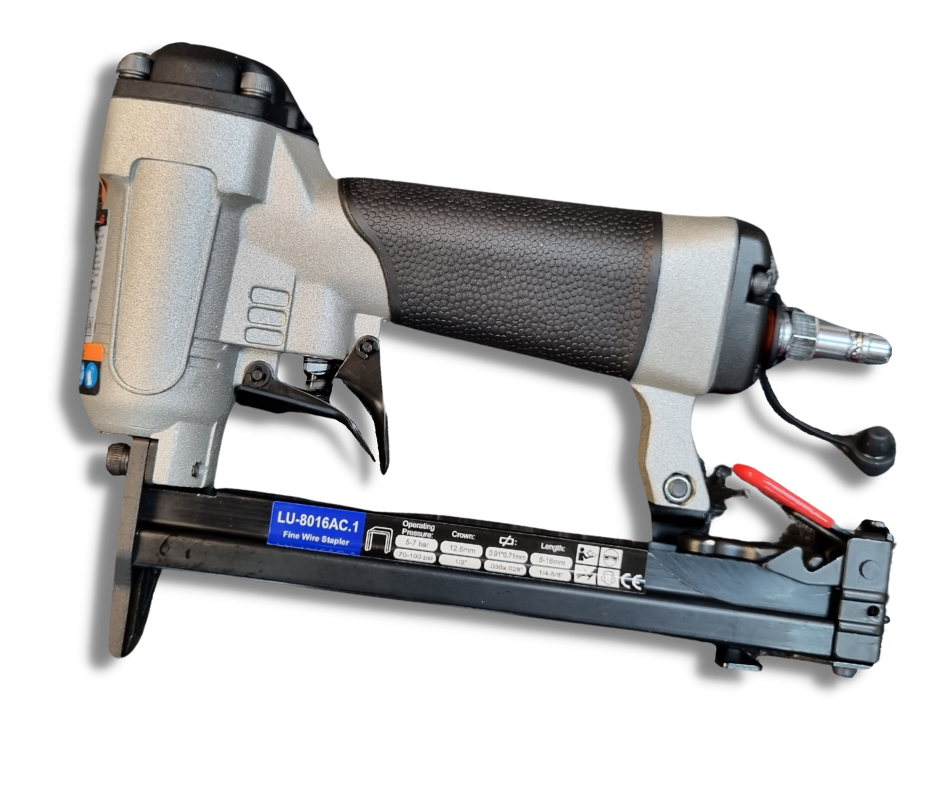
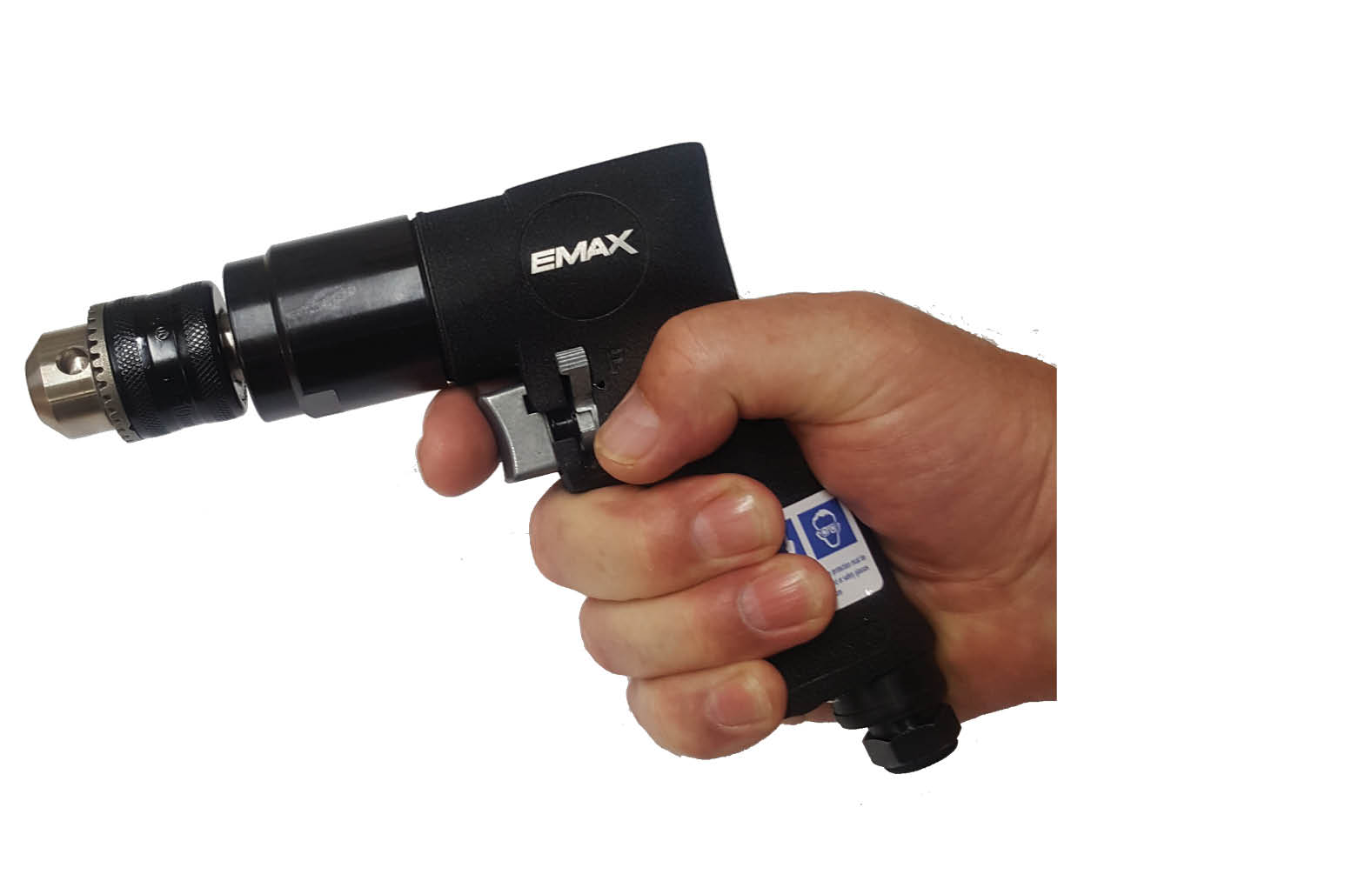

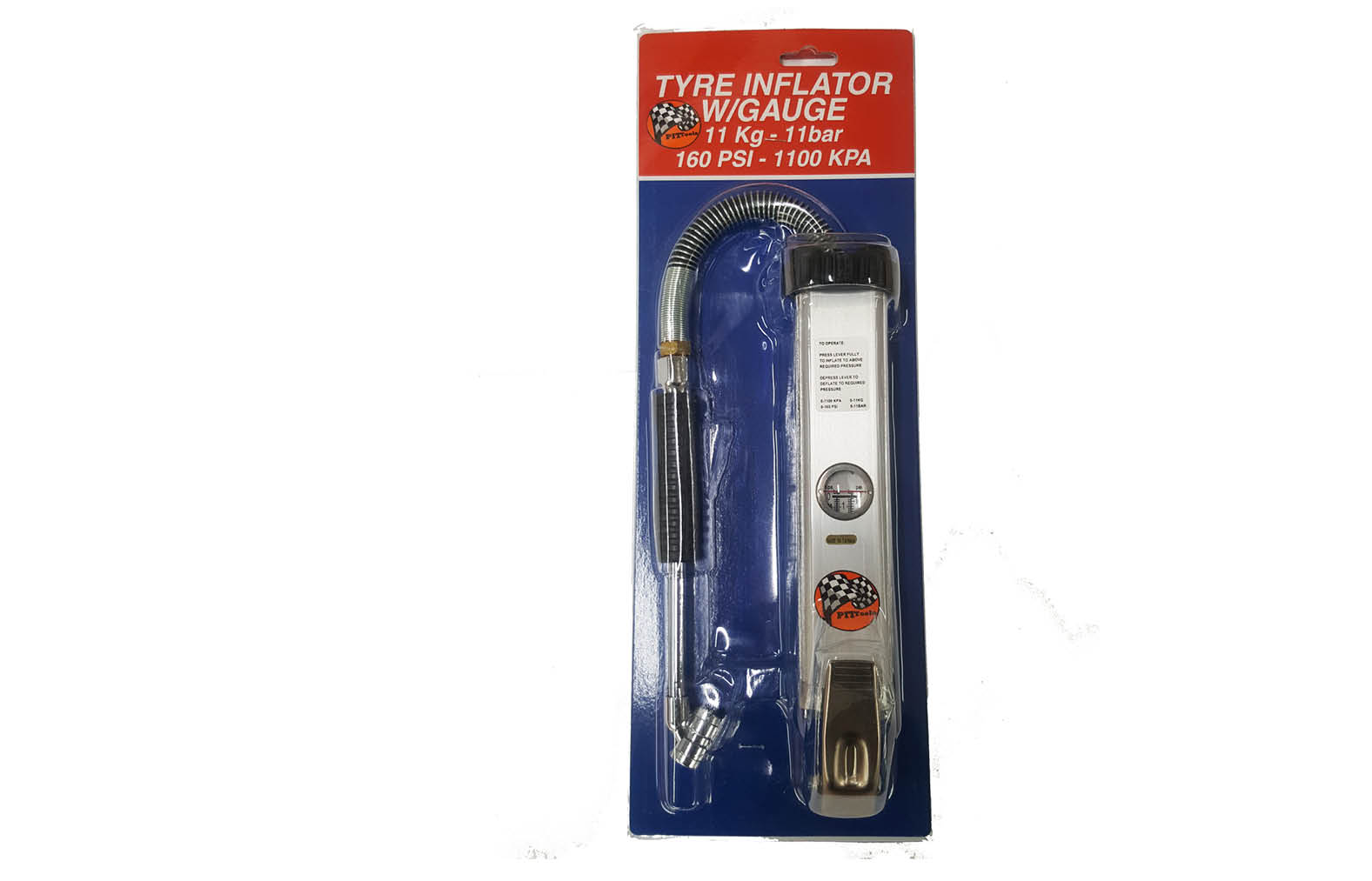
Ash Air has been around in New Zealand since 1979, and we’ve grown into a nationwide company with international support and a
reputation for quality and reliability.We look after all things compressed air for your business!
Ash Air's range of Chicago Pneumatic, Alup, Pneumatech, and Quincy compressors are used extensively around the world in industries
ranging from oil and gas to food, automotive and farming, and we bring you these world class compressors here in the land of the long white
cloud.Our technicians are compressed air equipment experts and are dedicated to addressing customer needs. Supported by a 13 locations
nationwide, Ash Air offers one of the widest selections of compressed air equipment and parts available today in New Zealand.
With Ash Air compressors, you can count on reliability and high performance for even the most demanding applications. We focus our
efforts on the following:
Talk to the team today:
Proportioning the Compressed Air Dryer
Trying to figure out which air dryer capacity is best for you? Here are some factors to consider.
Read More…
Maintenance budget: 8 factors to consider
Just like any other equipment, a compressed air installation also requires the necessary maintenance work during its entire
lifespan. Even though maintenance costs are only about 5 to 10% of a machine's annual operating costs, failure to budget for
maintenance can have potentially disastrous consequences.
Read More…
The air dyer is one of the most ignored cooler in the system. A dirty condenser will cause water in the lines, or worse it will cause
complete dryer failure.
Read More…
Why Replace CO2 with Nitrogen in your Brewery
Using nitrogen is not about fully replacing CO2, but it can reduce their consumption of CO2 by close to 70%. Using nitrogen is about
sustainability. Creating your own nitrogen is easy and will reduce the use of a greenhouse gas, which is better for the environment. It will
also save you money as early as month one adding that savings to your bottom line.
Read More…
What do I need to know about ICONS?
ICONS: Intelligent Connectivity System: The insight into your compressed air system, wherever you are. Learn More about ICONS in this article here!
Read More…
A question that is occasionally asked by our customers to Ash Air is 'what is the cost of compressed air?' This article looks at the
product costs involved with compressed air, as well as minimising the energy cost of compressors and cost allocation. When looking at these
factors, we need to realise what causes dropped efficiency of your compressor, leading to increased costs of compressed air.
Read More…
How to avoid falling objects when working at heights
You may have great fall protection measures in place to keep employees safe when working at height, but what about their co-workers below?
Dropped tools and other falling objects are a major hazard – and one that isn’t always fully addressed.
Read More…
Providing a safe working environment for operators is essential, especially when using pneumatic tools and compressed air. If there is a
failure in the air network and the hose is not adequately clamped, the resulting whiplash could be devastating. Failure to follow best
practice can result in injuries, associated production downtime and decreased productivity.
Read More…
Why do I need a dryer for my compressor?
A common questions asked is why do I need an air dryer for my compressor? Typically, air compressors produce water, and although the
water can be drained, there can still be aerosol and vapour droplets that are present. This is because water cannoet be compressed. Water
can damage your compressor by corroding the valves, pipes and machinery controls, which will cost you time and money to resolve. In
the long run, the cost of a new compressor is a small price to pay compared to the loss of production that could potentially arise due
to water damage in your compressor.
What are some preventable causes of air compressor failure?
Air compressors can fail for an assortment of different reasons: Normal wear and tear, lifespan and age of the unit, poor maintenance, power surge, install issues are just a few the come to mind. Check out this blog to find out our top 7 tips to ensure your compressor is looked
after!
Read More…
Simple Ways to Reduce Your Compressed Air Costs?
Air compressors use considerable volumes of energy during a typical work cycle. When you add up all the expenses of operating a facility,
any savings can help you boost your bottom line.
Read More…
What Should You Know When Buying a Compressor for the First Time?
If you have never bought a rotary screw air compressor before; do the following. Add up the air consumption of all the equipment at your
shop. That will be the amount of air your desired compressor should provide.
Read More…
How to Know When Your Industrial Air Compressor Needs Servicing
Knowing the telltale signs of wear and tear, understanding your product’s specifications and usability guidelines, and knowing when it’s
prudent to call in repairs are skills that could save you a lot of time, effort, and money in the long term.
Read More…
One-stage vs Multi-stage Compressor
Find out the difference between a one-stage compressor and a multi-stage compressor.
Read More…
How do I winterise my air compressor?
That cold, rainy, and in some places icey New Zealand winter is upon us, and with the following air compressor tips, your air system will be
prepared with the preferred temperatures, despite the weather outside. Regardless of whether or not it actually snows or freezes up where
you live, most winterisation service recommendations are also basic, solid maintenance procedures that will help extend the life and
operational efficiencies of air compressors regardless of whether you live in Queenstown or Northland.
Read More…
How to find the better desiccant dryer
The right desiccant dryer with quality desiccant will improve dryer performance and lifetime and will reduce energy and service costs.
Read More…
How to Find the Best Air Compressor for Painting Cars
If you're wondering what an air compressor actually is, you've come to the right place. Simply, air compressors convert power in to air that
is pressurised which is then used to power air tools such as spray guns. Air compressors are used in a wide range of applications, so
naturally if you want one that will be designed for spray painting your vehicle, you want a compressor specifically made for spray guns!
This way your compressor will be able to provide the right amount of power to perform the job.
Read More…
How to Optimise Compressor Operating Costs
Compressed air plays a fundamental role in industrial activities. Depending on the type of application, the energy cost of producing
compressed air can be very high. Below are some tips to save on you compressor bill.
Read More…
Upgrading Your Compressor: When is the Right Time?
Air Compressors are essential tools in a variety of industrial settings. No matter what industry you are in having a reliable air compressor
can be a crucial part of getting the job done efficiently. However, like an investment, air compressors require upkeep and maintenance, and
eventually will need to be upgraded. But how do you know when it’s time to upgrade your air compressor? Here are some things you need to
consider.
Read More…
Choosing the right assist gas in laser cutting: nitrogen or oxygen
When it comes to laser cutting and other industrial processes, the choice of assist gas is crucial in achieving optimal results. Nitrogen
and oxygen are commonly utilized as assist gases, each with its own unique properties and applications. Understanding the characteristics of
both gases, will help you to make an informed decision to ensure precision, efficiency, and cost-effectiveness in your operations.
Read More…
Controlling your nitrogen purity made easy
On-site nitrogen generators have many benefits over bottled gas. One is that they allow you to select your nitrogen purity. Here is how.
Read More…
What are Mobile Compressors used for?
Mobile air compressors are portable, towable compressors particularly useful for applications that suit the construction and roading
industry! You'll often see a mobile compressor being used for sandblasting, irrigation blow-outs, and for quarrying tools such as pneumatic
block cutters and rock drills.
Read More…
Compressed air so portable it even reaches the moon.
Did you know that Chicago Pneumatic helped man land on the moon? Notice in this photo of the Apollo 11 landing what appear to be
"soccer balls" on top of the capsule. They were inflated through a compressor specially developed by Chicago Pneumatic for
NASA.
Read More…
Where Should I Install my Air Dryer?
Your company purchased an air dryer for your compressor, now where should you install it? One of the most common things we see in the
industry are air dryers being stored on top of the compressors. Seems like a wasted space not being used on top of the compressor, right?
Wrong.
Read More…
When using air compressors, there are many variables that are integral to the quality and effectiveness of your compressed air. When dryer
air is necessary, being able to constantly and accurately monitor dew points can be a critical factor to your operation.
Read More…
Why Does A Brewery Need Compressed Air?
Compressed air plays an integral role in breweries both large and small around the world. From start to finish, all details in the brewing
process are managed in fine detail and having the right air compressor is no exception.
Read More…
How is Nitrogen Used in the Coffee Industry?
We Kiwi's love our Coffee! Coffee, like all other food & beverage products, must go through a preservation process to keep the
beans fresh during storage and packaging before they reach the consumer. Coffee that is not properly stored after it is roasted will lose a
large amount of carbon dioxide, which lessens its' flavor and speeds up the staling process. One of the most common ways to preserve the
freshness of coffee is the use of nitrogen gas. Learn more here:
Read More…
How Can I Save on Energy Costs by Using a Screw Compressor?
Air compressors are helpful for an enormous range of applications such as air filling, packaging, tools, HVAC control, and more! One
possible drawback is the amount of electricity they use; air compressors can be a huge drain on energy if used inefficiency...
Read More…
Which material of pipes should I use for my Air Compressor System?
Air compressors create the energy used by pneumatic tools and processes throughout your compressed air system. The component that connects
everything together is the piping. It is very important to choose the right compressed air pipe to avoid pressure
loss, rust and other problems.
Read More…
Why Do I Need a Back-up Air Compressor?
We get it, buying an air compressor is a big financial decision. And now we are suggesting that you need two air compressors, not just one.
Ask yourself one question- Can your business still run if your air compressor goes down?
Read More…
Keep It Down – Air Compressor Noise Reduction
It’s no secret – air compressors are excellent sources of energy. Not only do they power essential manufacturing elements and applications, but the heat generated as a result of the compressed air processes can be used as a byproduct that offsets other energy costs. However,
there’s another form of energy that is also a consequence of the air compression process – sound.
Read More…
How can I maximise the performance of my compressor?
Maintenance is key to continuing the performance of your air compressor. Continue to read about maximising the performance and longevity of
your compressor and some air compressor maintenance tips!
Read More…
When to use E-Stop on an air Compressor?
The emergency stop, "e-stop", is for true emergency situations only. When hitting the e-stop, all power is halted from the machine
and the unload process isn't achieved. The emergency stop button is intended to help with possibly hazardous situations that are developing.
Common conditions of having to use the e-stop is the misuse of the equipment in ways that weren’t intended, predictable failures not
addressed or failing to consider all the foreseeable uses of the compressor.
Do you have an idea for our #expertcorner? Let
us know!
Useful links:
Contact us
Who we are and how Ash Air can help your business!
Reliability and Efficiency
Read more from our #expertcorner
Read More…
Read More…